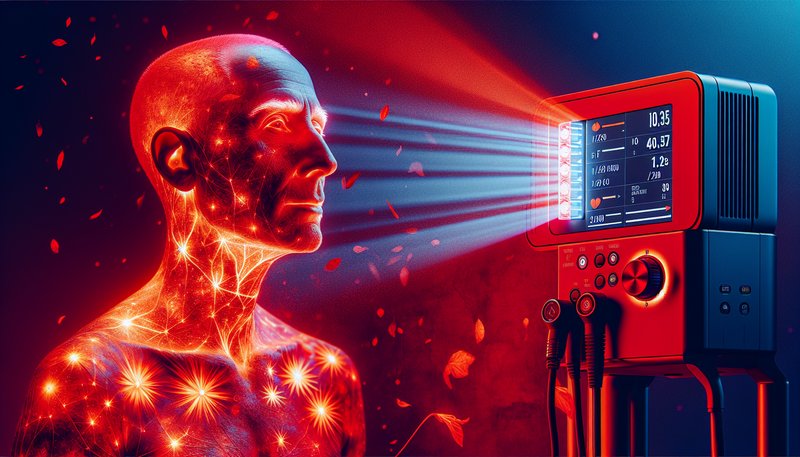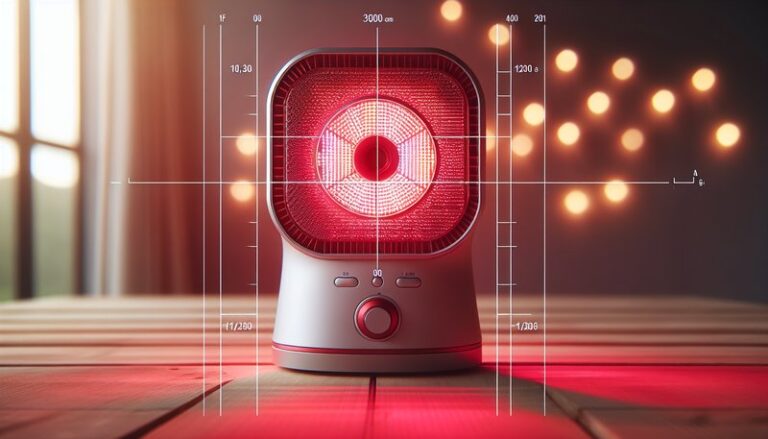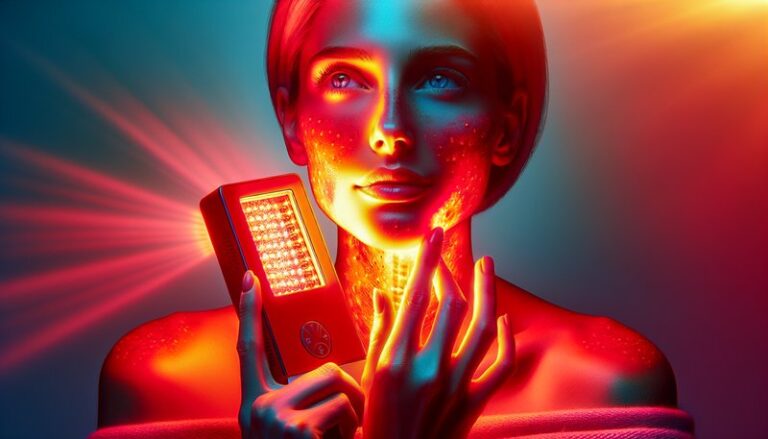What To Expect After Red Light Therapy?
What To Expect After Red Light Therapy?
Have you recently undergone red light therapy or are you considering it? Understanding the potential outcomes and what you might experience post-treatment can greatly enhance your overall wellness journey.
This article will cover the key aspects of red light therapy, including what it entails, its benefits, considerations before treatment, and what alternative options may exist. By the end, you’ll have a comprehensive understanding of what you can expect after your session.
Key Takeaways
- Red light therapy can enhance cellular function, leading to improved skin texture and reduced inflammation.
- Post-session experiences may vary, with some individuals reporting immediate results while others may notice gradual improvements.
- It’s important to consider skin type and any pre-existing conditions before undergoing red light therapy.
What is Red Light Therapy?
Red light therapy (RLT) is a treatment that uses low-level wavelengths of red light to stimulate various biological processes in the body. Originally utilized by NASA for plant growth experiments, this technology has gained popularity in both medical and aesthetic fields.
The therapy works by penetrating the skin and promoting ATP (adenosine triphosphate) production in cells, which is crucial for energy transfer and cellular repair. This mechanism is particularly beneficial for skin rejuvenation, reducing wrinkles, and healing damaged tissues.
How Does It Work?
During a session, a device emits red or near-infrared light onto the target area. Depending on the treatment’s goal, sessions can last anywhere from a few minutes to over half an hour. Users may see results in as little as one treatment, but often, multiple sessions are recommended for optimal outcomes.
What are the Benefits of Red Light Therapy?
Red light therapy is heralded for its myriad benefits, affecting both cosmetic and health aspects.
For further reading Can Red Light Therapy Tan You?
Skin Rejuvenation
RLT is widely used to improve skin quality by reducing the appearance of fine lines, wrinkles, and sun damage. Studies show increased collagen production in treated areas, leading to firmer, healthier skin.
Pain Reduction and Inflammation
For those suffering from chronic pain conditions, red light therapy can help lessen pain and inflammation. Research indicates RLT can promote blood flow and reduce oxidative stress in tissues, making it beneficial for conditions such as arthritis.
Improved Mood and Energy Levels
Emerging studies suggest that red light therapy may positively influence mood and energy levels by enhancing mitochondrial function. This can contribute to better overall mental health.
Is it Possible to Experience Side Effects After Red Light Therapy?
While most individuals tolerate RLT well, it’s essential to acknowledge the potential for side effects or adverse reactions.
What are the Advantages of Understanding Side Effects?
Being aware of side effects allows individuals to manage expectations and engage in informed decision-making regarding their therapy.
What are the Disadvantages of Ignoring Side Effects?
Neglecting to consider potential side effects can lead to dissatisfaction with treatment results and hinder personal health assessments.
What are the Things to Consider Before Undergoing Red Light Therapy?
Caution is warranted when deciding on red light therapy, particularly concerning personal health conditions and skin types.
Skin Sensitivity
Individuals with sensitive skin or specific skin conditions should consult with a healthcare professional before beginning treatment. RLT might exacerbate underlying skin issues in some cases.
Health Conditions
If you are pregnant, have a history of skin cancer, or are on medication, it’s essential to discuss your situation with a medical professional. Some conditions may require a tailored approach.
Frequency of Treatments
Understanding the recommended frequency of sessions can help optimize results. While some may benefit from weekly treatments, others might need more regular sessions for significant improvement.
What are the Alternatives to Red Light Therapy?
Several alternative treatments can provide similar benefits to red light therapy. Knowing these options can help you make a more informed choice.
Laser Therapy
Laser treatments offer targeted benefits with longer-lasting results for skin issues. However, they may require longer recovery times compared to RLT.
Microneedling
This procedure stimulates collagen production and improves skin texture, similar to RLT but involves more invasive methods. It’s also accompanied by potential downtime.
Learn everything about Red Light Therapy Timing
Chemical Peels
Utilizing strong acids to exfoliate the skin, chemical peels can improve tone and texture but may not achieve the deeper tissue benefits offered by RLT.
Conclusion: Is it Recommended to Undergo Red Light Therapy?
Red light therapy is a promising treatment with numerous benefits, particularly for skin health and pain management. However, individual experiences may vary, and understanding your body’s needs is crucial. If you’re considering RLT, consulting with a healthcare provider can ensure it aligns with your health goals and conditions.
Frequently Asked Questions
What should I expect immediately after a red light therapy session?
Most individuals feel relaxed, and some may notice a slight redness in the treated area. This should dissipate quickly.
How many sessions of red light therapy will I need?
This varies depending on your goals. Many people benefit from a series of 5-10 sessions for noticeable results, followed by maintenance treatments.
Are there any at-home alternatives to professional red light therapy?
Yes, there are various at-home devices available, such as handheld lasers or LED face masks, although they may not be as powerful as professional equipment.
Can anyone use red light therapy?
While RLT is generally safe, individuals with certain medical conditions or medications should consult with a healthcare professional to ensure it’s appropriate for them.
How soon will I see results?
Results vary; some people notice improvements after one session, while others may take several weeks to observe significant changes.





